DROPS Merino Extra Fine
Superwash treated extra fine merino wool
from:
3.05$
per 1.8 oz
Content: 100% Wool
Yarn Group:
B (20 - 22 stitches)
/ 8 ply / DK / worsted
Weight/yardage: 1.8 oz (50 g) = approx 115 yds (105 m)
Recommended needle size: US 6 / 4 mm
Gauge: 4" x 4" / 10 x 10 cm = 21 sts x 28 rows
Care: Machine wash on gentle cycle warm 40°C / 104F. Don’t use fabric softener. Dry Flat
Superwash: yes
Made in: EU
Raw material origin: Wool from South America
This yarn has an Oeko-Tex® certification (certificate number 25.3.0110), Standard 100, Class I from the INNOVATEXT TEXTILE ENGINEERING AND TESTING, HUNGARY. This means that is has been tested for harmful substances and is considered safe in human-ecological terms. Class I is the highest level, and it means the yarn is suitable for baby articles (ages 0-3).
Made from 100% extra fine merino wool fibers, DROPS Merino Extra Fine is a warm and super soft yarn, that's gentle on the skin, and therefore great for baby and children garments. Spun from multiple thin strands, it gives beautiful, even stitches, and it’s Ideal for textured patterns such as cables and seed stitch. Garments made in this yarn are very comfortable, have extra elasticity and great surface quality. It is this special construction that makes it important to use the correct tension in your project, so use a tight tension rather than a loose one.
DROPS Merino Extra Fine yarn is superwash treated, which means it's machine washable and suitable for everyday use; but when washing your garments you must be extra careful and follow closely the care instructions. This yarn is spun from fibers from free-range, mulesing free animals from South America, DROPS Merino Extra Fine is Oeko-Tex Standard 100 certified.
Read more about our products' sustainability here
Please be aware that the colours shown may vary from screen to screen in the same way that shades may vary slightly from dye lot to dye lot.
How do I care for this yarn?

Machine wash on gentle cycle warm 40°C / 104F. Don’t use fabric softener. Dry Flat
All our super wash treated merino yarns should be washed in the machine, using a gentle cycle program. That being said, there are a few more tips that are extremely relevant when it comes to caring for this yarn:
- Machine wash - separately - using a gentle cycle program at 40ºC, with a light centrifugation (about 800rpm). Only use detergents without enzymes and optical brighteners.
- NEVER use fabric softener (the wool fibers become too soft and can slide apart).
- NEVER leave the garment to soak/wet in the washing machine for a long period of time.
- To dry the garment, shape it and lay it flat - do not hang - ideally on a warm bathroom floor or on top of a drying rack in a room with good air circulation. Never dry the garment in direct sunlight.
- Never iron the garment directly. Use always a damp cloth between your steaming iron or regular iron and the garment.
Note: If you are washing a project made with this yarn combined with another, the general guideline is to follow the washing instructions for the most delicate of the yarns you are working with.
Do you have a question about this yarn?
See a list of frequently asked questions (FAQ) about our yarns.
1) What type of fibers make the DROPS yarns?
Yarn can be made from a large number of natural and synthetic fibers. DROPS carries mainly yarns made from wool, cotton, alpaca, linen, mohair and silk. Each fiber type has its own qualities, and they are often mixed to take advantage of the best properties of each one. Coarse yarn has the advantage of being stronger and more durable, and finer fibers offers more softness and comfort. Here a bit about the main fibers we carry:
Alpaca:
Alpaca fleece is the natural fiber harvested from an alpaca, and it is similar in structure to sheep wool fiber. Its softness comes from the small diameter of the fiber, similar to merino wool. It is a soft, durable, luxurious and silky natural fiber. Yarn made from alpaca fibers does not felt or pill easily, and it can be light or heavy in weight, depending on how it is spun. While similar to sheep’s wool, it is warmer, not prickly, and has no lanolin, which makes it hypoallergenic. Alpacas come in 22 natural colors, with more than 300 shades from a true-blue black through browns-black, browns, white, silver and rose-greys.
Mohair:
This fiber comes from the Angora goats, and its considered a luxury fiber. Mohair yarn is warm as wool, but much lighter in weight; it is durable, dyes well and does not felt easily. Mohair fibers have also a distinctive luster created by the way they reflect light. Despite being a hard fiber, mohair is usually spun into a very fluffy yarn, resulting in airy and lustrous garments.
Wool:
The wool fibers comes from the skin of sheep and are relatively coarse fibers. Two striking characteristics of wool are its susceptibility to heat and its felting property, which is caused by the scales on the surface. Depending upon the breed of sheep, the appearance of the wool varies.
Wool from Merino sheep is considered the finest type of wool, having as characteristics that is finely crimped and soft. All the Merino wool in the DROPS yarns has its origins in South America, coming from sheep that have not been subject to Mulesing.
Pure new wool is wool made directly from animal fleece, and not recycled from existing wool garments.
Machine washable wool is wool treated chemically to minimize the outer fuzzy layer of the fibers, and be therefore fitable for machine wash (see Superwash).
Silk:
The silk fiber is a fine continuous fiber produced from the cocoon of a moth caterpillar known as the silkworm. While silkworm is cultivated, the wild or tussah silk is obtained from uncultivated silkworm cocoons. Silk fiber is one of the strongest natural fibers and makes a wonderful knitting yarn. It blends really well with other fibers, especially wool. Silk also dyes beautifully with natural dyes.
Vegetable fibers:
There are several varieties of vegetable fibers, found in the cell walls of plants or vegetables. Of all the varieties, two are recognized as major knitted or textile fibers. They are cotton and linen.
Cotton is the fiber surrounding the seeds in a cotton pod, and it is almost pure cellulose. Cotton is usually white in color but there are green and brown varieties as well. The cotton fiber is most often spun into yarn or thread and used to make a soft, breathable textile that is good for summer clothing and accessories, making a weaker yarn than silk or linen but stronger than wool.
Mercerized cotton is cotton that has been through a mercerization treatment. This treatment gives cotton fabrics and threads a lustrous yarn that is more lustrous than conventional cotton. It is also stronger, takes dye a little more readily, makes the yarn more resistant to mildew and reduces lint. It also may not shrink or lose its shape as much as "regular" cotton.
Linen is a fiber derived from the stalk of the flax plant that is durable and stronger than any other fiber. The linen fiber is relatively soft, straight and lustrous and becomes more beautiful with age. Linen is more comfortable to wear in hot temperatures than cotton, due to the fact that it absorbs moisture better and dries more quickly.
Other materials used in our yarns include synthetic fibers such as acrylic, viscose, polyamide (nylon) and polyester.
3) What type of information can I find on the DROPS yarn labels?
All DROPS yarn labels include information about fiber content (wool, cotton, etc.), weight in grams and ounces, length in meters and yards, washing instructions and symbols (explained here), color number, dye lot number and yarn group information.
4) What are the DROPS yarn groups?
All DROPS yarns are classified into 6 different thickness groups (A to F). Yarns in a same group have similar knitting tension/gauge, and can therefore be interchanged in patterns; however the length may be different, so when substituting always calculate the amount of meters/yards needed for the pattern to know the amount of yarn you need to get.
5) Can I use a different yarn than the one mentioned in the pattern?
Yes, as long as the yarn can be worked in the same knitting tension/gauge. Always swatch to make sure you get the same number of stitches in width and rows in height as given in the pattern.
Remember that different yarns with different textures, will give the garment different looks. The yardage/length may also be different, so when substituting always calculate the number of yards needed, in order to know the amount of yarn you need.
Read more about how to calculate the amount of an alternative yarn - and how to replace 1 thread of a yarn with 2 or more of another, here.
6) What does it mean when a yarn is “Superwash”?
A superwash wool is a special wool product that has been treated or processed in a way that allows it to be machine washable. Many people are afraid to work with wool because it is so easy to shrink (though some shrink wool on purpose) and superwash wool can allow them to work with great fibers without worry. (Read more here).
7) What does “Oeko-Tex® certified” means?
The Oeko-Tex® Standard 100 was introduced at the beginning of the 1990s as a response to the needs of the general public for textiles which posed no risk to health. The Oeko-Tex® Standard 100 is a globally uniform testing and certification system for textile raw materials, intermediate and end products at all stages of production. The test for harmful substances comprise substances which are prohibited or regulated by law, chemicals which are known to be harmful to health, and parameters which are included as a precautionary measure to safeguard health.
For more info go to www.oeko-tex.com
10) How accurate are the colours on the shade cards online?
When obtaining images for the shade card, we do our best to achieve the highest level of color accuracy. Unfortunately, we cannot guarantee how images will appear on your computer screen. Every monitor displays color differently, some colors might look darker than they really are, and some colors might be more saturated on some screens. If you experience that many of the yarn colors looks different on your screen than the actual color of the skeins, you can adjust the setting on your monitor.
11) What is a micron? What does super fine / extra fine mean?
The fineness of yarn fibers is measured in microns (thousands of millimeters). Super fine alpaca wool is 26-28 microns. Fine merino wool is less than 21.5 microns and extra fine merino is under 19.5 microns. The less microns the softer and more delicate a quality can be, the more microns the more hard wear the quality will be.
12) Why are the colors in my skeins of print yarn different?
The reason why two skeins of a same print yarn look different can be 1) that both skeins are part of different dye lots; 2) that the skeins have been dyed using a technique called "magic print" (the one used for example in DROPS Delight), which provides unique patterns and smooth color transitions to each skein, meaning also that within one dye lot, lighter or darker varieties might appear. This is no fault or defect, but part of the yarn's character.
13) My store doesn’t have the color I want, what can I do?
If your DROPS store doesn’t have the yarn color you want, try contacting a DROPS Super Store (the ones with the golden badges) - they will make sure to get a hold of the color even if they don’t have it in stock themselves. See a list of all DROPS stores here.
14) Where can I find a specific dye lot of a color?
Always try contacting your DROPS store first. If they do not have the dye lot you want we recommend you to ask other knitters and crocheters in the DROPS Workshop in Facebook or Ravelry, which may have the dye lot in their stash and might be willing to part from it.
Yarn sheds because there's not enough twist to hold all of the fibers together. All yarns have excess fibers (from production) that might come off as lint or shedding, in varied degrees that depend on how the yarn is spun. Brushed yarns ("hairier" yarns) like DROPS Melody, have more of these loose fibers than other yarns, and therefore shed more. Shedding also depends on what is worn under or over the garment, and whether this pulls at the yarn fibers. It’s therefore not possible to guarantee that there will be no shedding.
Below are some tips on how to get the best result when working with hairier yarns:
- When the garment is finished (before you wash it) shake it vigorously so the looser hairs come off. NOTE: do NOT use a lint roller, brush or any method that pulls at the yarn.
- Place the garment in a plastic bag and put it in your freezer - the temperature will cause the fibers to become less attached to each other, and excess fibers will come off easier. Leave in the freezer for a few hours before taking it out and shaking it again.
- Wash the garment according to the instructions on the yarn label. Garments worked with hairier yarns usually need to be shaken once dry after washing, so that the hairs rise and any excess fibers can come off.
Pilling is a natural process that happens to even the most exclusive of fibers. It's a natural sign of wear and tear that is hard to avoid, and that is most visible in high friction areas of your garment like a sweater's arms and cuffs.
You can make your garment look as new by removing the pilling, using a fabric comb or a pill/lint remover.
How can I replace this yarn?
If you are looking to replace this yarn with another DROPS yarn, you can use another yarn within the same yarn group, or try our yarn converter!
Other yarns in Yarn Group B
Read more about replacing yarn.Have a problem with the DROPS yarn you purchased?
When you purchase yarn from the shade cards or patterns on our site, you are not buying directly from DROPS but from one of the hundreds of DROPS stores around the world. It is therefore important that you take contact with the DROPS store where you bought the yarn, and that you save the labels of all the skeins you purchased (they are your warranty).
The DROPS store you contact will assist you and escalate the claim if necessary. Find a list of DROPS stores here.
Comments / Questions (397)
![]() Camilla wrote:
Camilla wrote:
Bruk aldri tøymykner står det. Gjelder dette også Milo tøymykner? Den er jo beregnet for å kunne brukes når man vasker ull.
31.10.2013 - 11:34
![]() Skrulla wrote:
Skrulla wrote:
Tips til dere som sliter med at plaggene vokser i vask, prøv å gå ned en halvstørrelse på pinner, det er i alle fall min erfaring. Strikker bestandig på pinne 3,5 i stedet for 4. Det er veldig viktig med strikkefastheten på så glatt garn!
09.10.2013 - 11:46
![]() Skrulla wrote:
Skrulla wrote:
Jeg elsker dette garnet, og strikker ikke med annet garn når jeg skal ha denne garntykkelsen, men som mange andre så etterlyser jeg flere farger!!! Det er kommet så mange fine farger i babymerino. Skulle kjøpe meg nytt garn til nye ullklær til datteren min, men jeg er så lei av de fargene som er nå, at det ble ikke til at jeg kjøpte noe alikevel... Så det er på tide med nye farger!!!!
09.10.2013 - 11:44
![]() Armony wrote:
Armony wrote:
Cette laine est une merveille à tricoter, à porter et à entretenir. Un régal de douceur ! Dommage que la gamme de coloris ne soit pas plus étendue.........
27.09.2013 - 17:44
![]() Kathleen wrote:
Kathleen wrote:
A really lovely yarn that knits up well and wears like iron! I use it for the grandchildren's sweaters and am never disappointed.
17.09.2013 - 19:11
![]() Charlotte wrote:
Charlotte wrote:
Hvordan skal det vaskes for IKKE at vokse i vask. Når jeg følger anvisningen vokser det en-to str.
10.09.2013 - 10:30
![]() Charlotte wrote:
Charlotte wrote:
Hvordan skal det vaskes for IKKE at vokse i vask. Når jeg følger anvisningen vokser det en-to str.
10.09.2013 - 10:30
![]() Juana Garcia Jacinto wrote:
Juana Garcia Jacinto wrote:
Gracias por compatir sus ideas y patrones,todolo que he hecho me ha quedado recioso,
07.09.2013 - 23:08
![]() Berit Selvik Hauge wrote:
Berit Selvik Hauge wrote:
Jeg er på jakt etter helt hvitt garn av denne typen. Er det mulig å få tak i? Den jeg har (nr. 01) er mer off-hvit.
30.07.2013 - 14:45
![]() Aubert wrote:
Aubert wrote:
Que donne à l'usage la laine mérino extra fine.Est-ce qu'elle se déforme vraiment ?
16.07.2013 - 16:41Drops Design answered:
Bonjour Mme Aubert, n'hésitez pas à commencer par tricoter un échantillon, puis à le laver et à vérifier votre tension. Pensez à toujours bien faire sécher votre ouvrage à plat, aux mesures finales du schéma. Et, naturellement, suivez les instructions de lavage indiquées sur la pelote. Bon tricot !
16.07.2013 kl. 17:45
![]() Monnier wrote:
Monnier wrote:
Bonjour Cette laine est très agréable à tricoter et le rendu est magnifique, cependant j'ai tricoté un pull en jersey qui s'est énormément détendu . J'ai dû le re tricoter 2 tailles au-dessous
15.07.2013 - 09:11
![]() DROPS Design NL wrote:
DROPS Design NL wrote:
Héél belangrijk bij het breien met de Merino: de stekenverhouding van het patroon moet aangehouden worden. Ik heb vaker meegemaakt dat een verkeerde stekenverhouding het werk na het wassen gaat lubberen en rekken. Verder kan het komen als het werk te lang in water heeft gelegen - koud of warm - het mag niet te lang liggen in het water.
19.04.2013 - 11:55
![]() Netty wrote:
Netty wrote:
Hier onder een vraag/klacht van een klant Ik heb voor de eerste keer mijn zelf gebreide trui van Merino extra fine wol gewassen op een wolwas programma zo koud mogelijk en zonder wasverzachter (en liggend gedroogd). En helaas nu is de trui helemaal uitgerekt. Weet u wat er fout is gegaan, u heeft vast ervaring met deze wol? Dit komt niet meer goed denk ik door heter te wassen? Weet u ook of dit vaker voor komt, ik heb dit nog nooit mee gemaakt
19.04.2013 - 10:24
![]() Vigdis Stølan wrote:
Vigdis Stølan wrote:
Er det mulig å få flere farger i dette fantastiske garnet. Gjerne samme fargespekter som Karisma. Kvaliteten er så fin for oss som reagerer på annen ull.
18.04.2013 - 12:16
![]() Ana wrote:
Ana wrote:
Hice un patrón con la lana Drops Merino Extra Fine y quedó fenomenal. Después de usarlo y proceder a lavarlo según las instrucciones de lavado, ha estirado un montón.
10.04.2013 - 21:26
![]() Mariann Li wrote:
Mariann Li wrote:
Hei lurte på om dere har drops merino extra fine, farge-nr 16, parti-nr 66231, mangler 3 stk garn-nøster av akkurat dette partiet :-)
16.01.2013 - 19:44
![]() Renate wrote:
Renate wrote:
Nachtrag: Die Maschenprobe war ok, in der Anleitung (Modell 18-16)war Nadel 4,5 angegeben. ich habe mit 4 gestrickt, obwohl ich recht fest stricke.
14.01.2013 - 13:57
![]() Renate wrote:
Renate wrote:
Auch ich habe das Garn gern verstrickt, das fertige Stück sah super aus. Dann nach Waschen (40°, Wollwaschgang, wenig Wollwaschmittel)) ist es doppelt so groß, total ausgeleiert. Bin sehr traurig...vom Geld mal ganz abgesehen. Was passiert mit den 2 Schals aus Merino, wenn ich die demnächst waschen werde??
14.01.2013 - 13:24
![]() Drops Design wrote:
Drops Design wrote:
Jo fv 07 kommer på lager igen. Forventet leveringstid bliver lagt ud så snart vi får en bekræftelse!
02.01.2013 - 09:46
![]() Annie wrote:
Annie wrote:
Hej Har i ikke merino extra fine 07 lysebrun mere????
02.01.2013 - 09:39
![]() Jane wrote:
Jane wrote:
Ich finde das Garne sehr angenehm weich und sehr gut verstrickbar. Ich habe mir gerade einen tollen Pulli gestrickt. Das Ergebnis sah vor dem Waschen sehr gut aus, aber nach dem Waschen war der Pulli 2 Nr. größer (trotz genauer Pflegeeinhaltung)Fazit ich kann Ihn nicht mehr tragen. Die Materialkosten waren sehr hoch. Darf eigentlich nicht passieren. Da ich sehr kratzempfindlich bin, kann ich auch nicht auf normale Schurwolle ausweichen. Schade
19.12.2012 - 14:19Garnstudio Deutschland answered:
Es ist sehr wichtig, dass Sie den Hinweis beachten, das Garn nicht locker zu verstricken, da es sich sonst ausdehnt.
20.12.2012 kl. 12:24
![]() Nila78 wrote:
Nila78 wrote:
Hei Elsker dette garnet! Kunne svaert gjerne tenke meg en farge i fersken-oransj, eller noe i den dur...
29.11.2012 - 22:07
![]() Sophie wrote:
Sophie wrote:
Très belle laine toute douce et agréable à tricoter. Rendu superbe. Par contre, le coloris "vert gris clair" ne correspond pas à la photo : il est bleu ciel !!!
27.11.2012 - 08:15
![]() Nadine wrote:
Nadine wrote:
Laine très belle, bien douce et glissant à merveille sur les aiguilles, qualité irréprochable !
24.11.2012 - 08:45






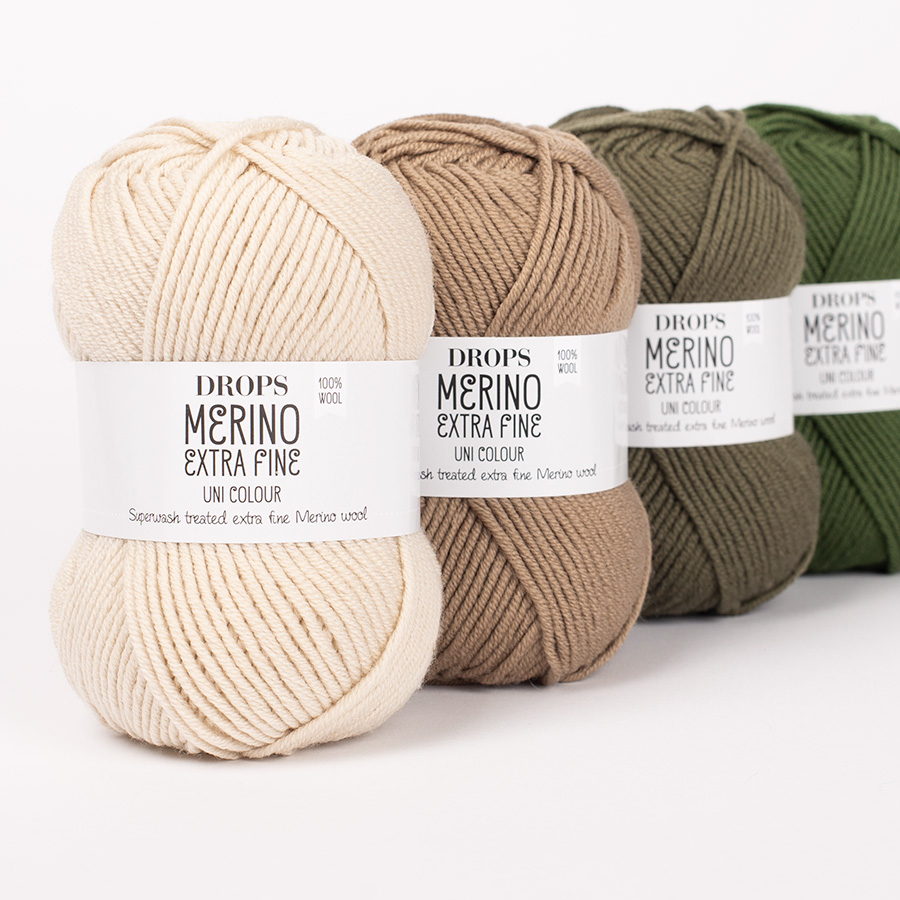

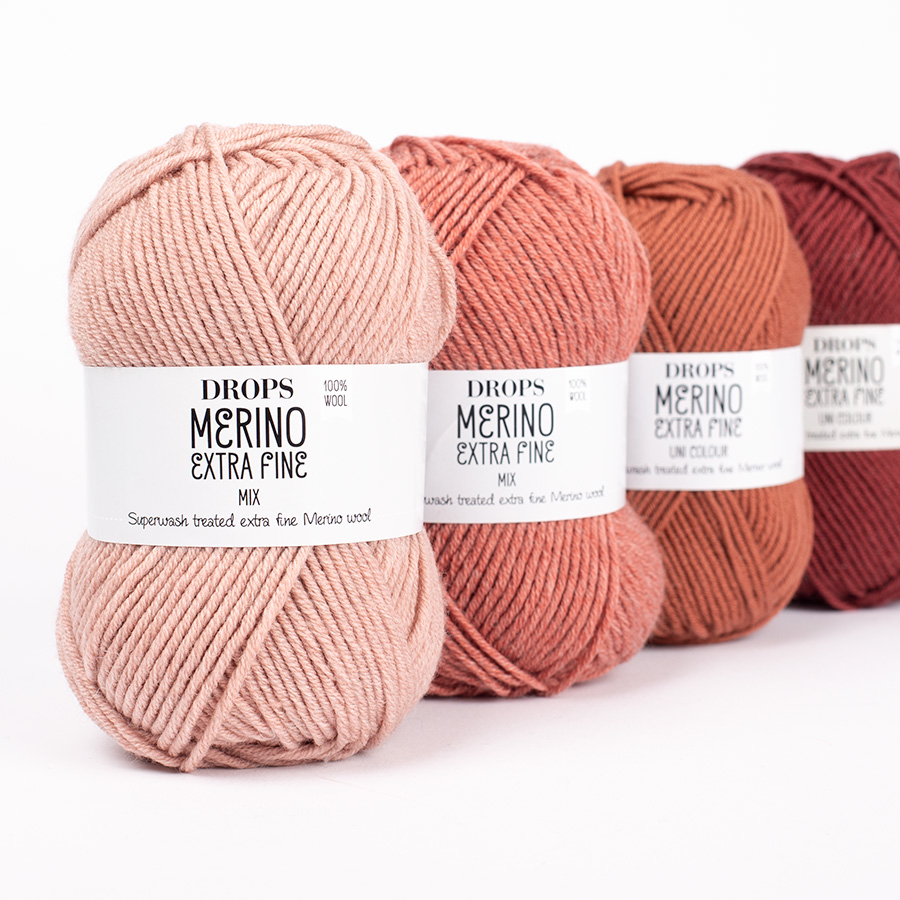
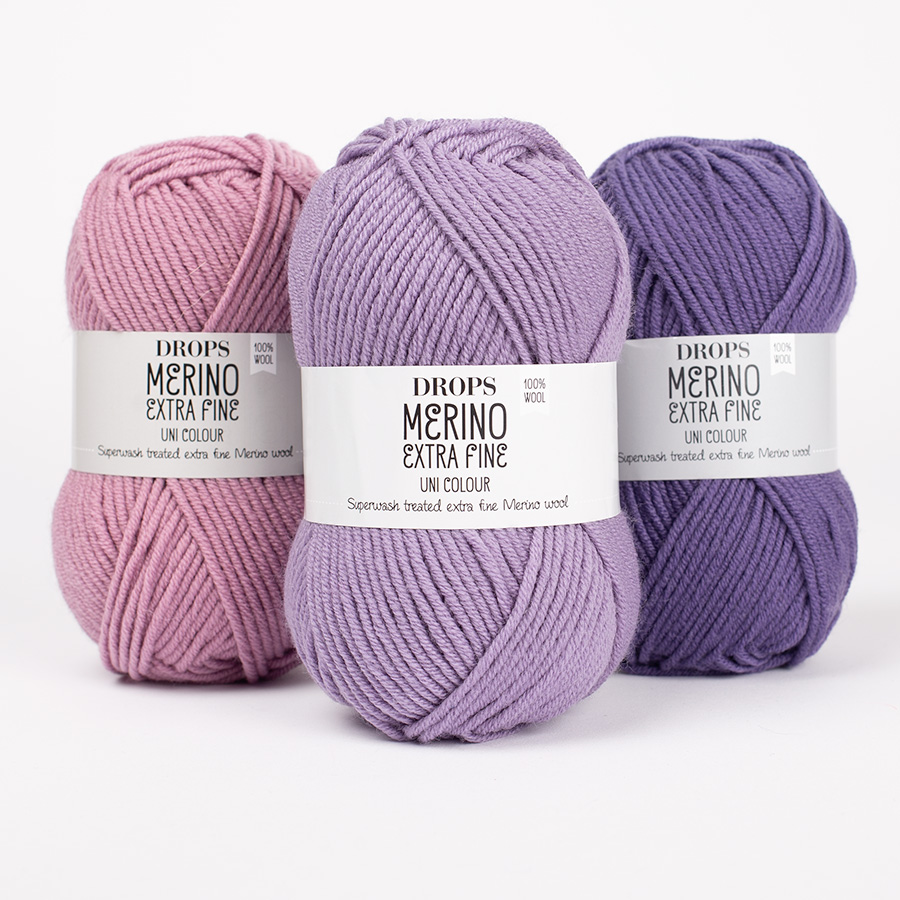
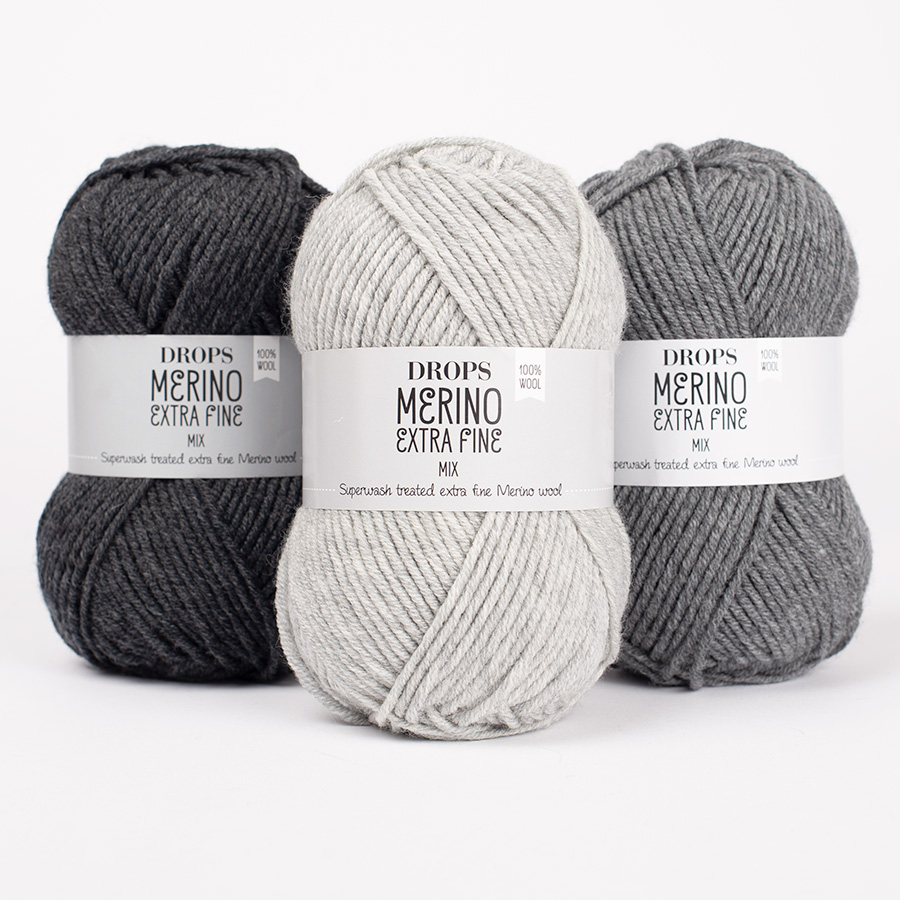
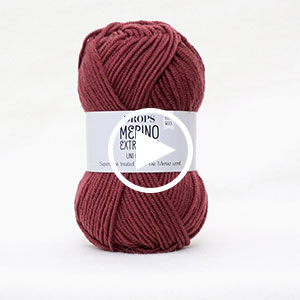









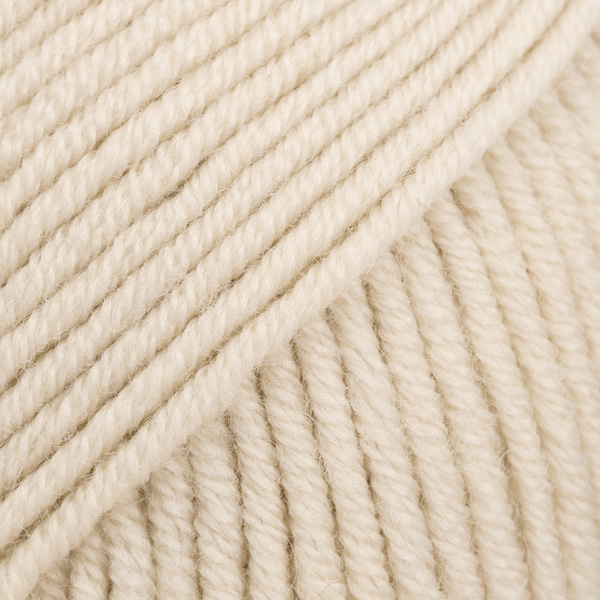
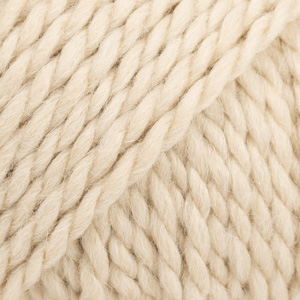









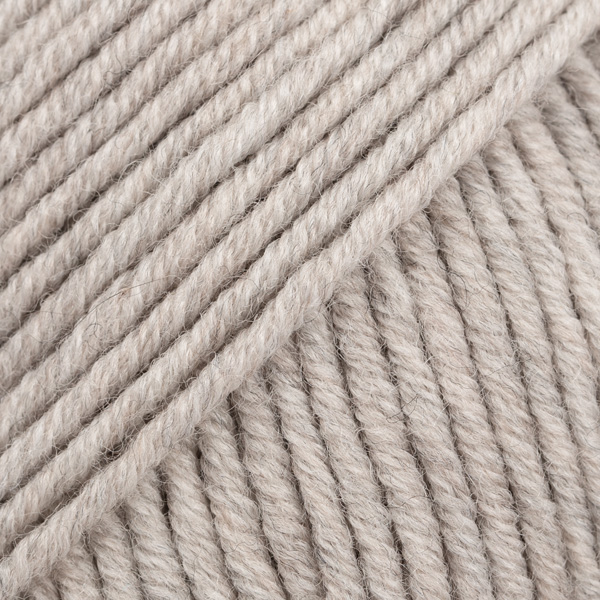

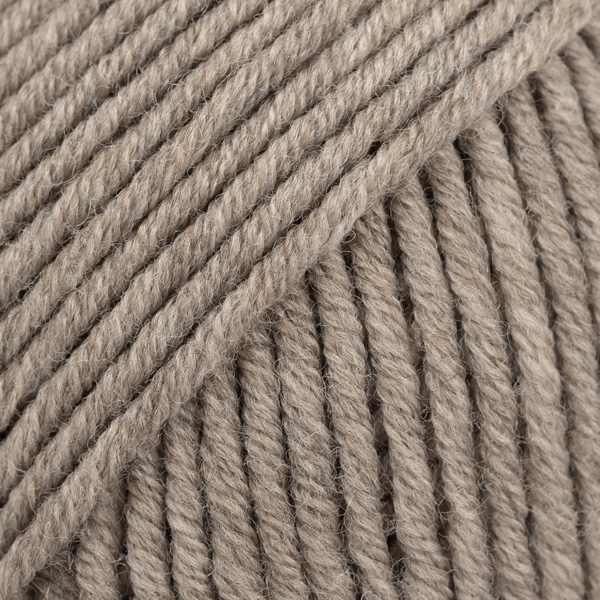





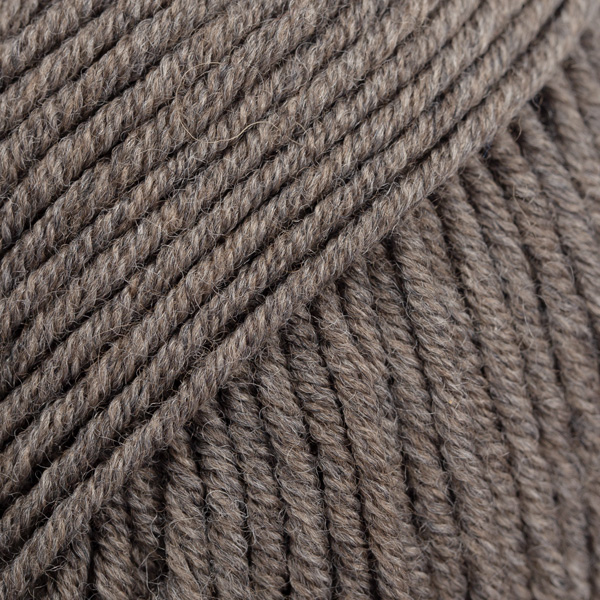

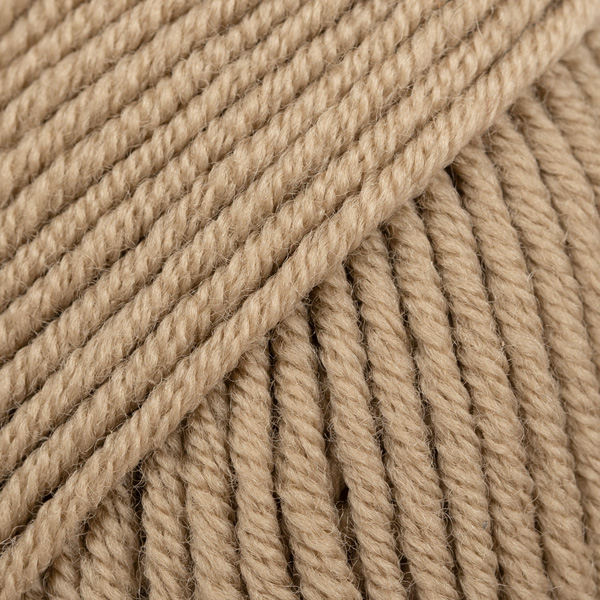


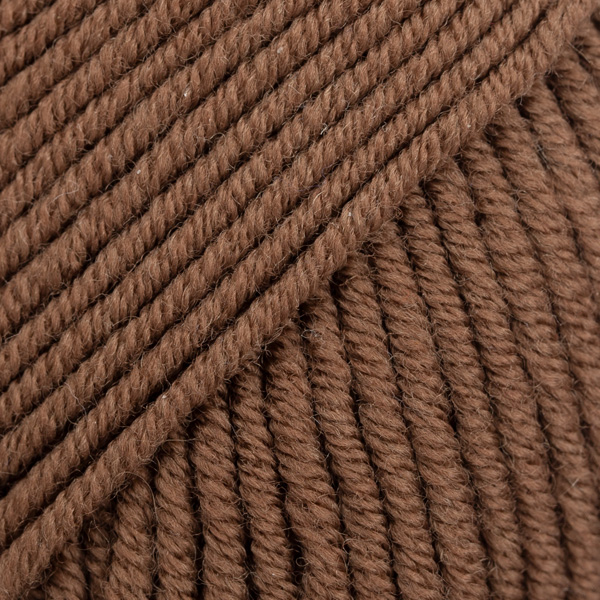


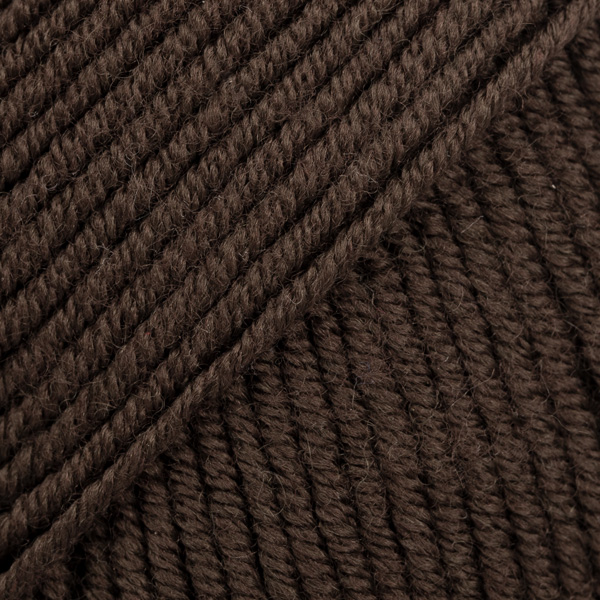










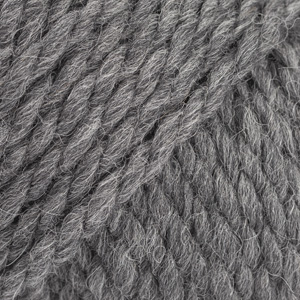





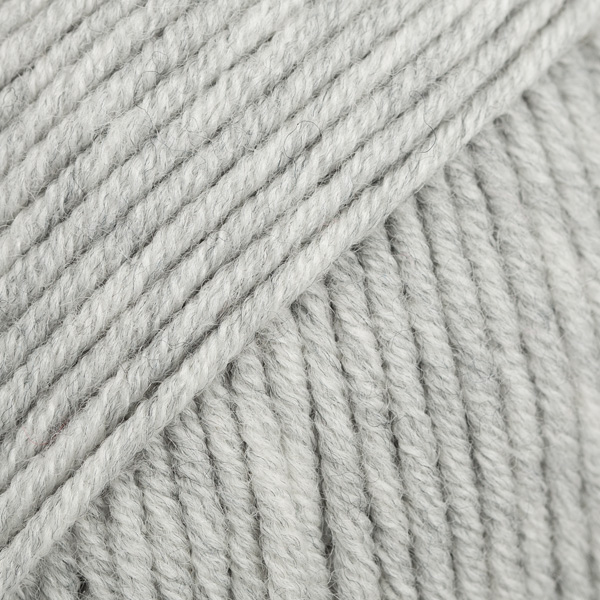

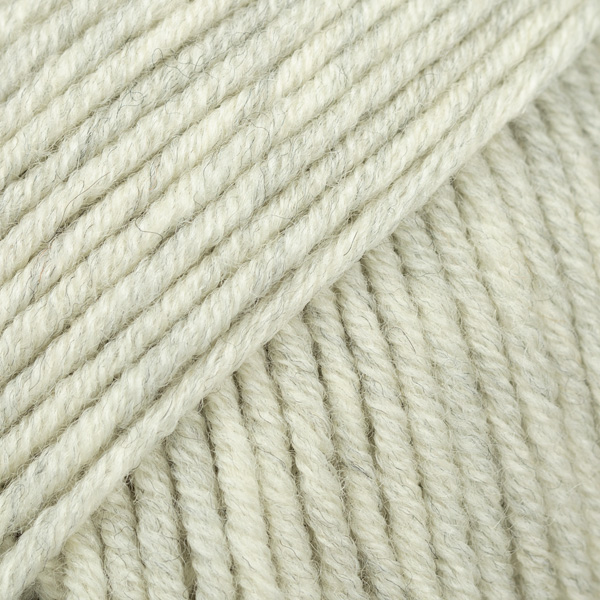









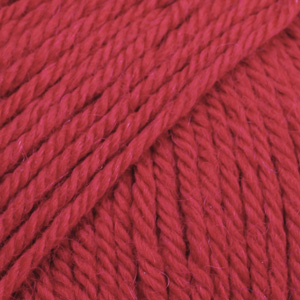





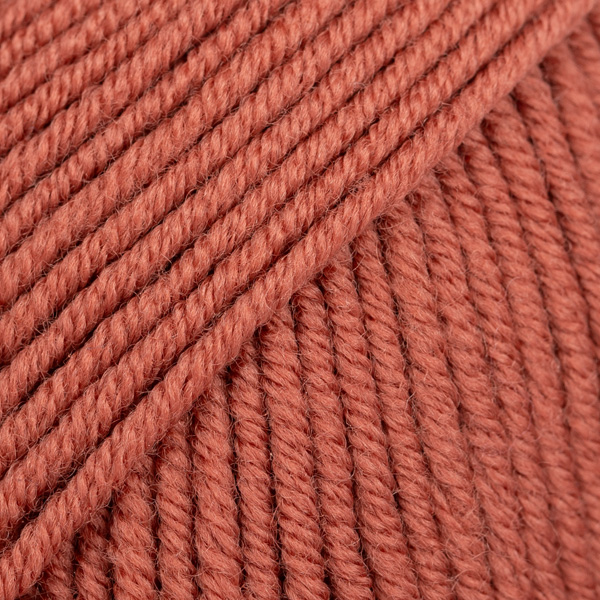

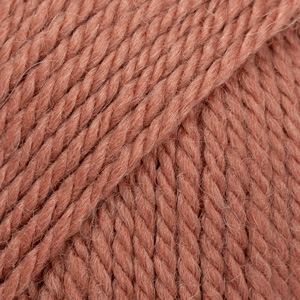

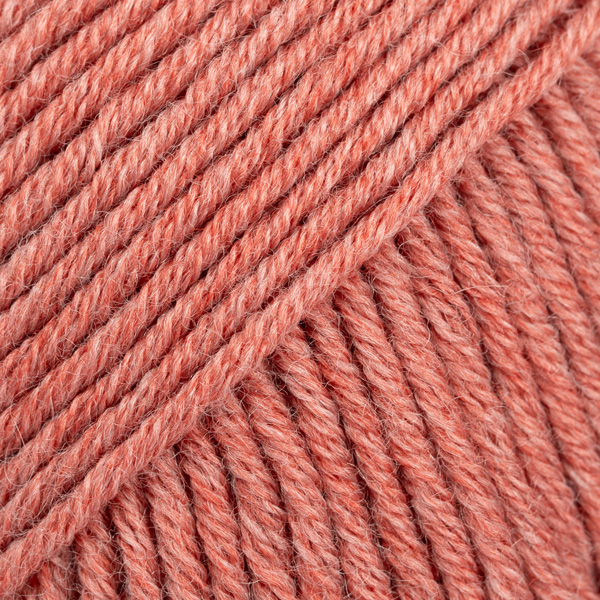

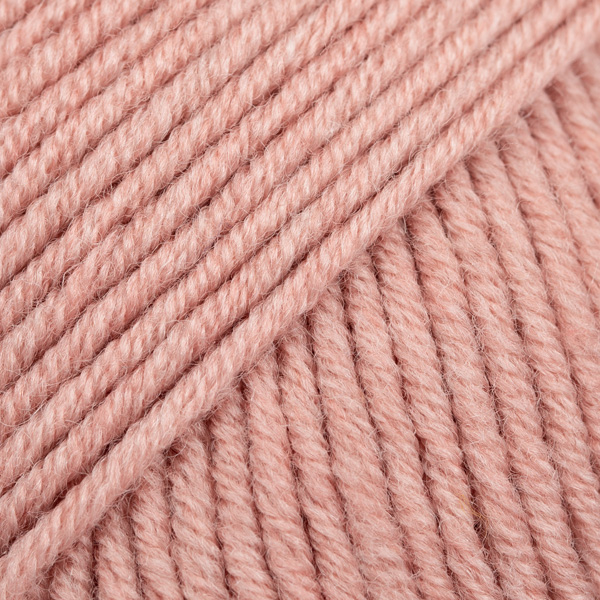


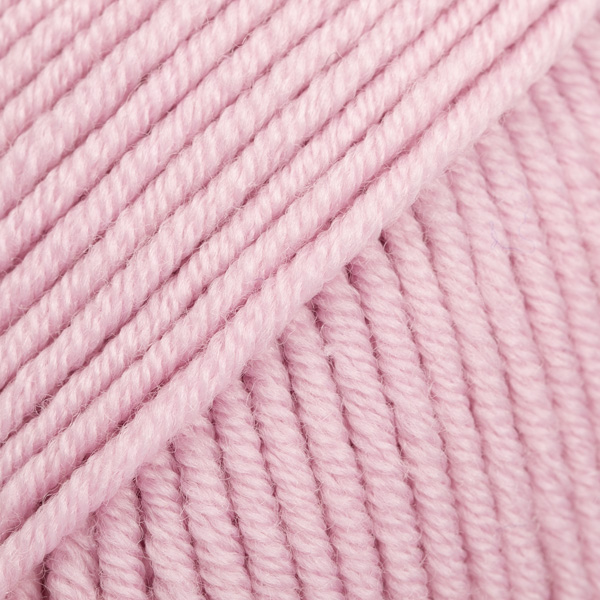









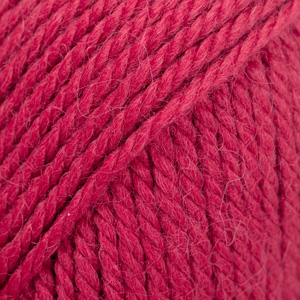




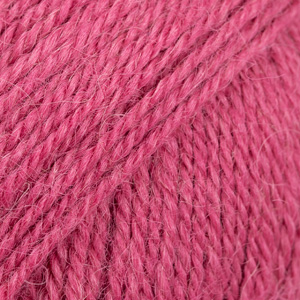

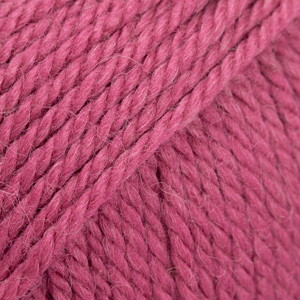




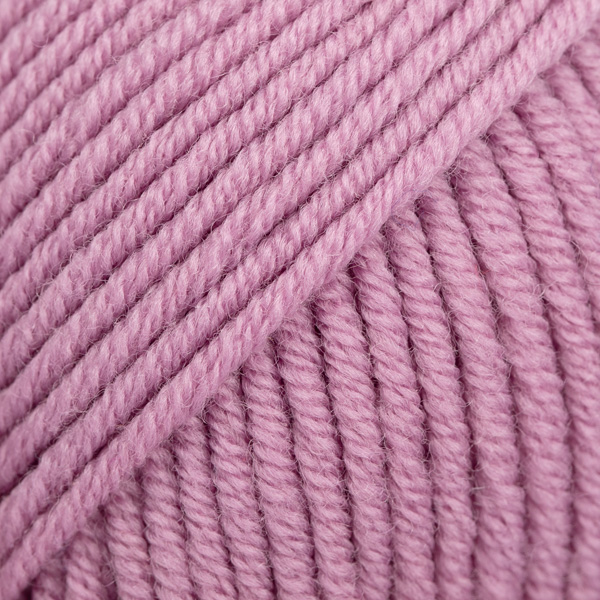







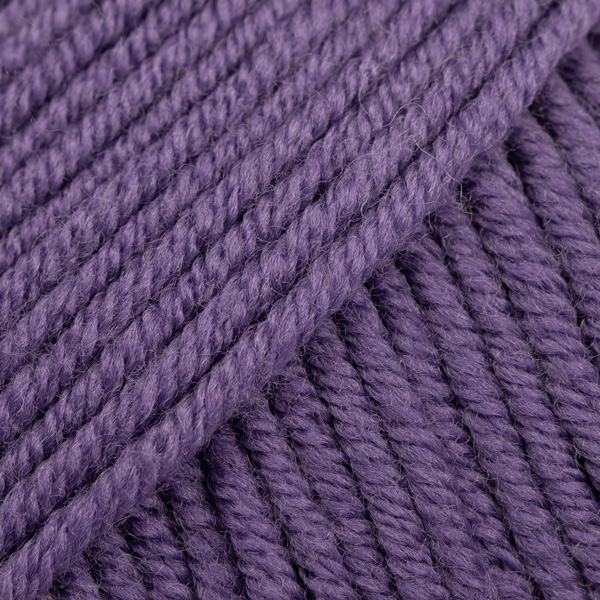





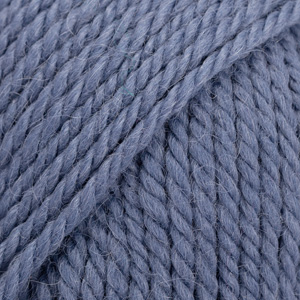




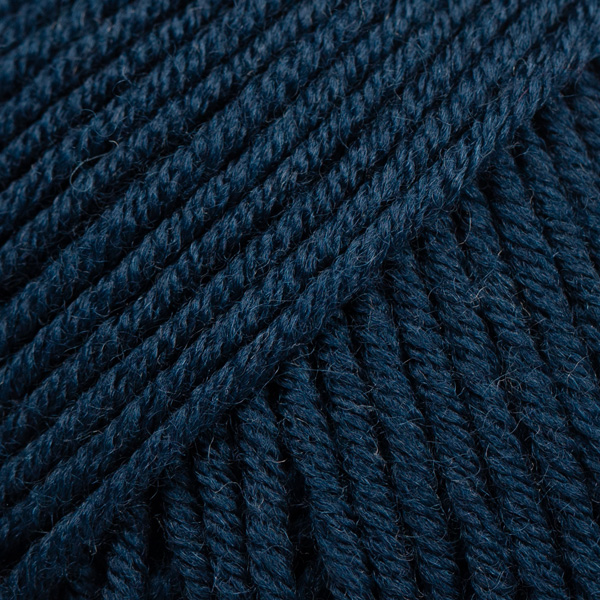












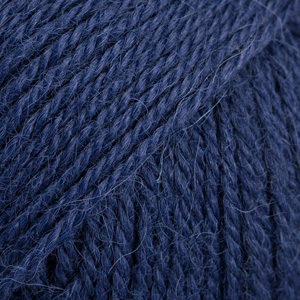









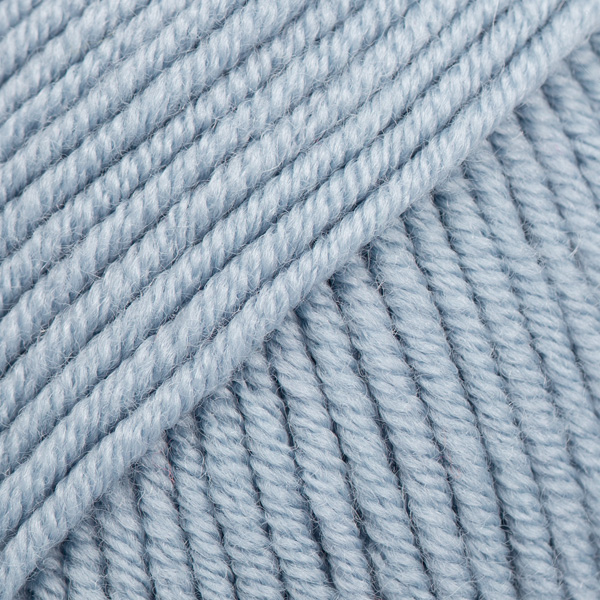






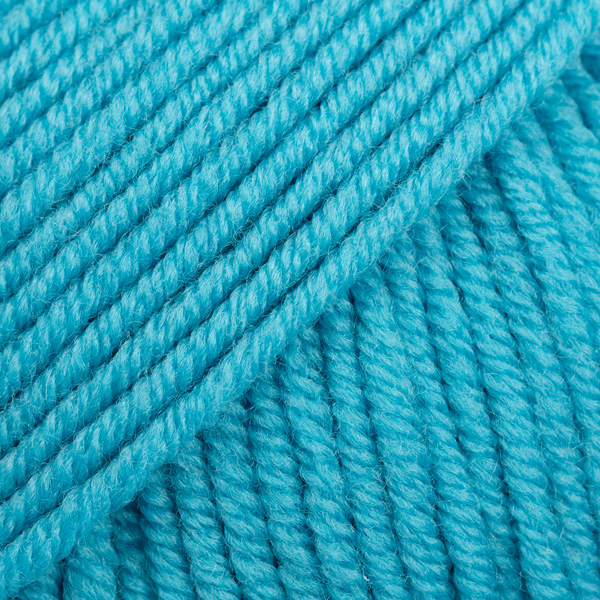











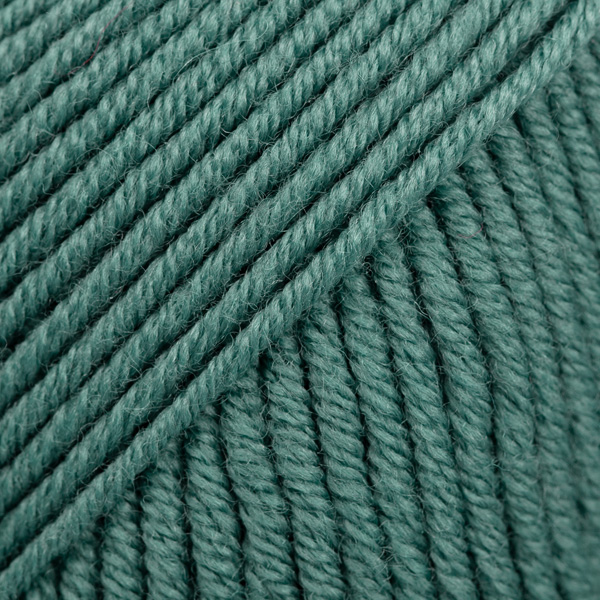





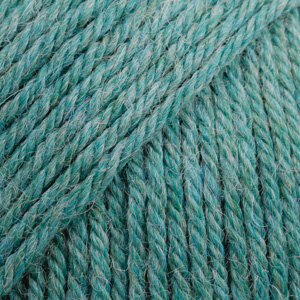









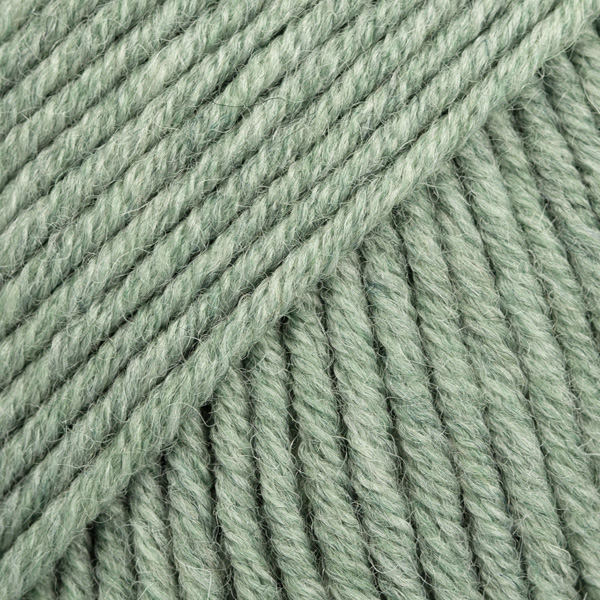





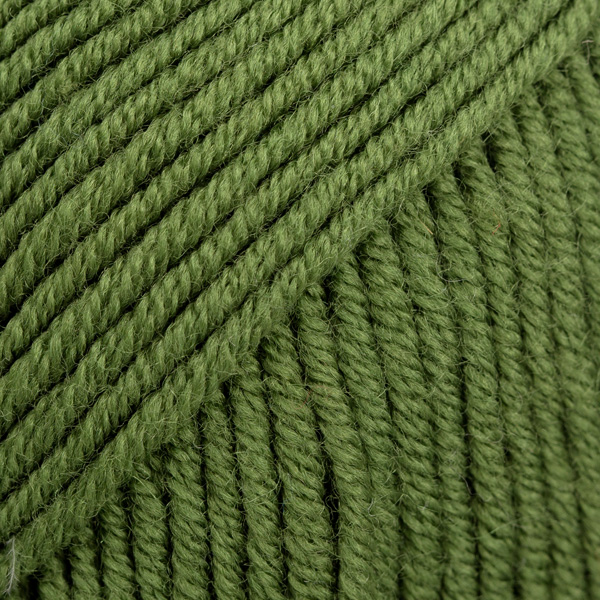

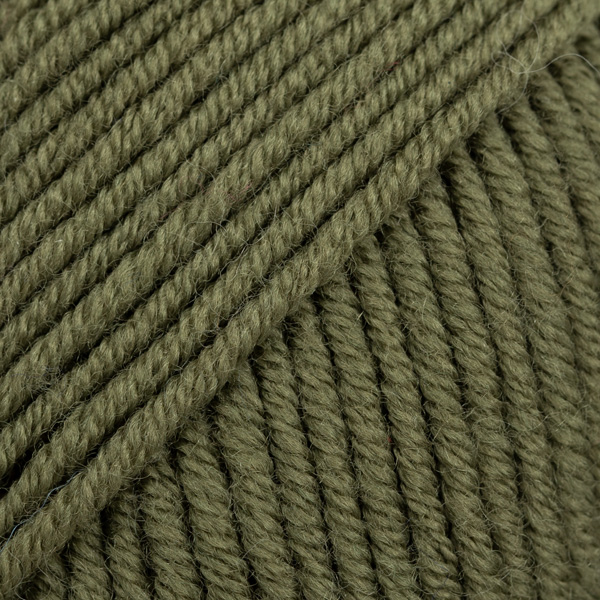




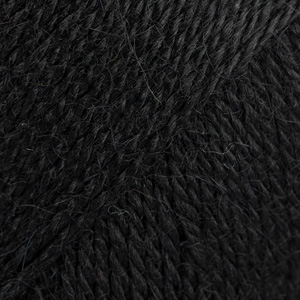
















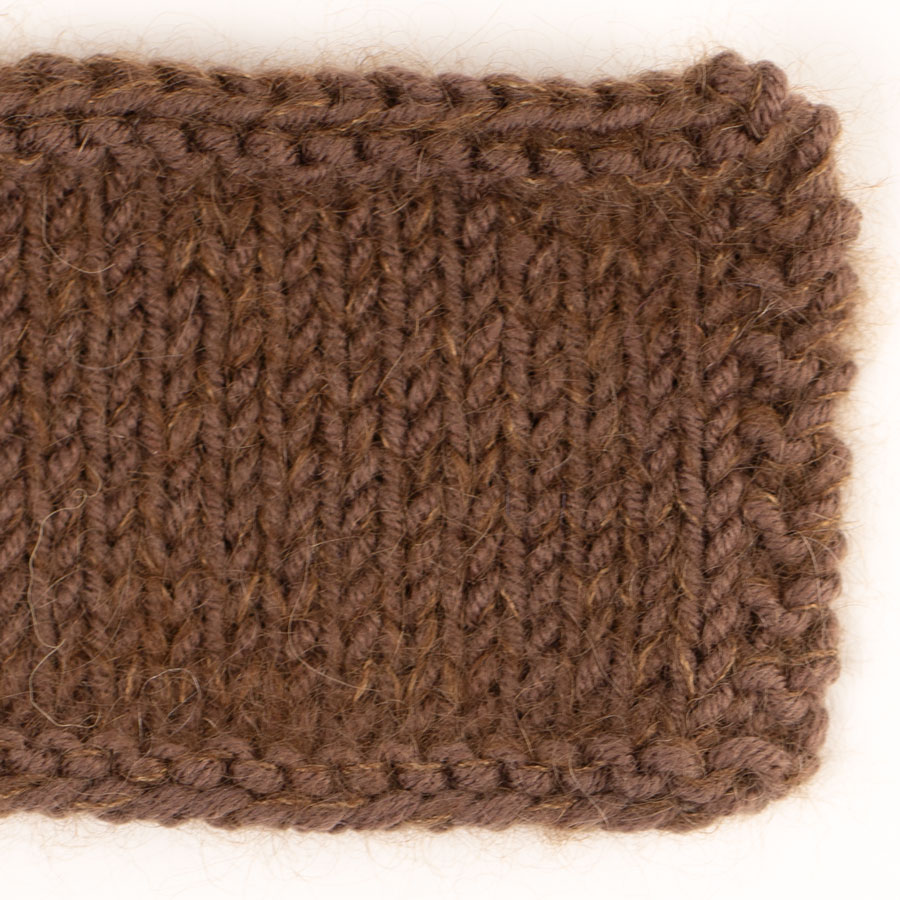
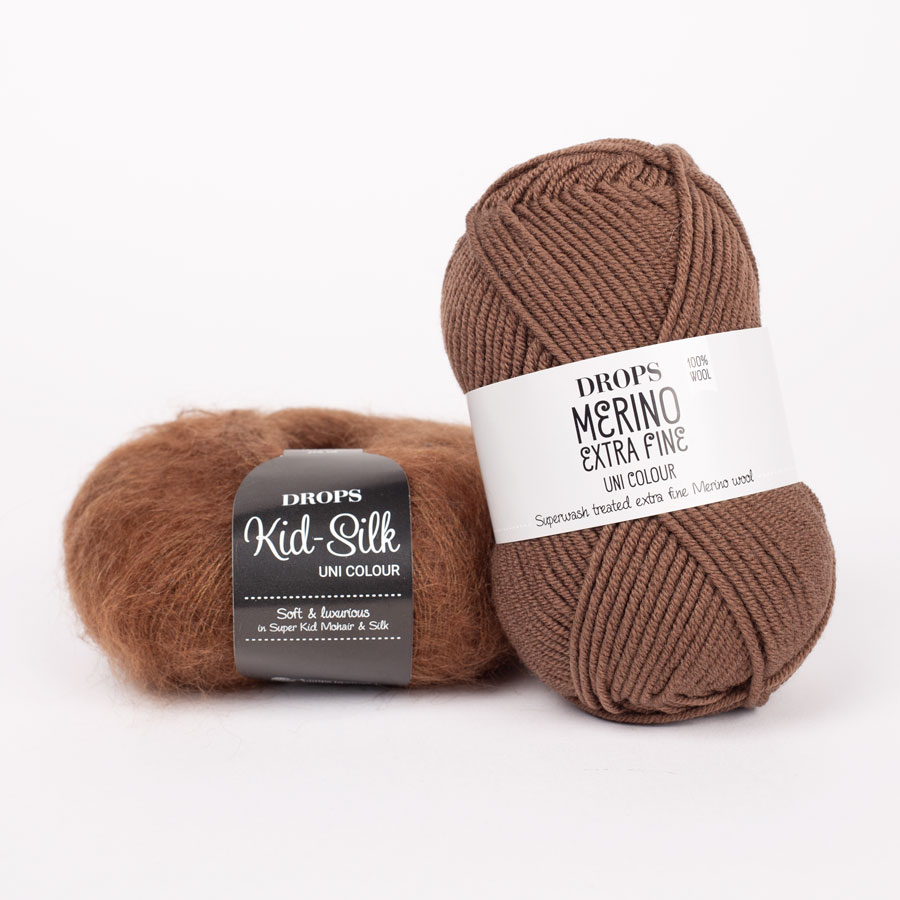


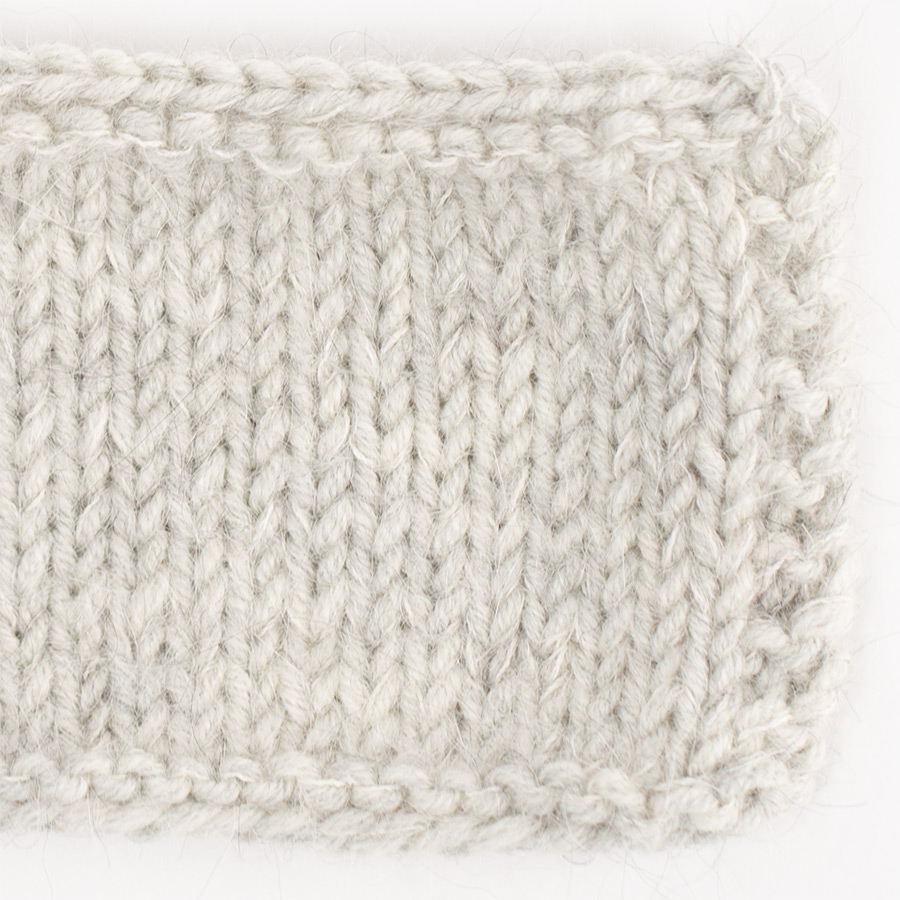
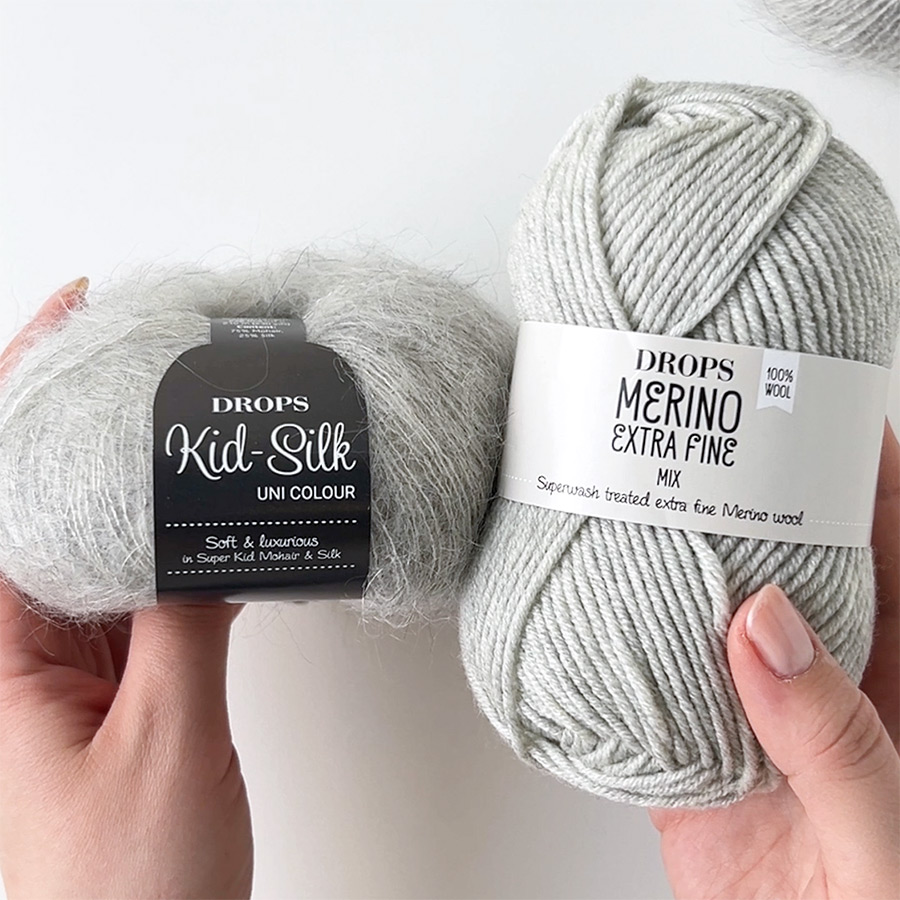

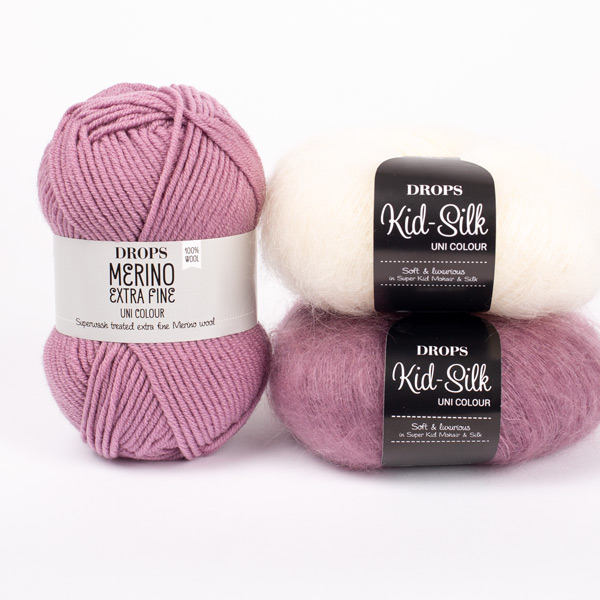
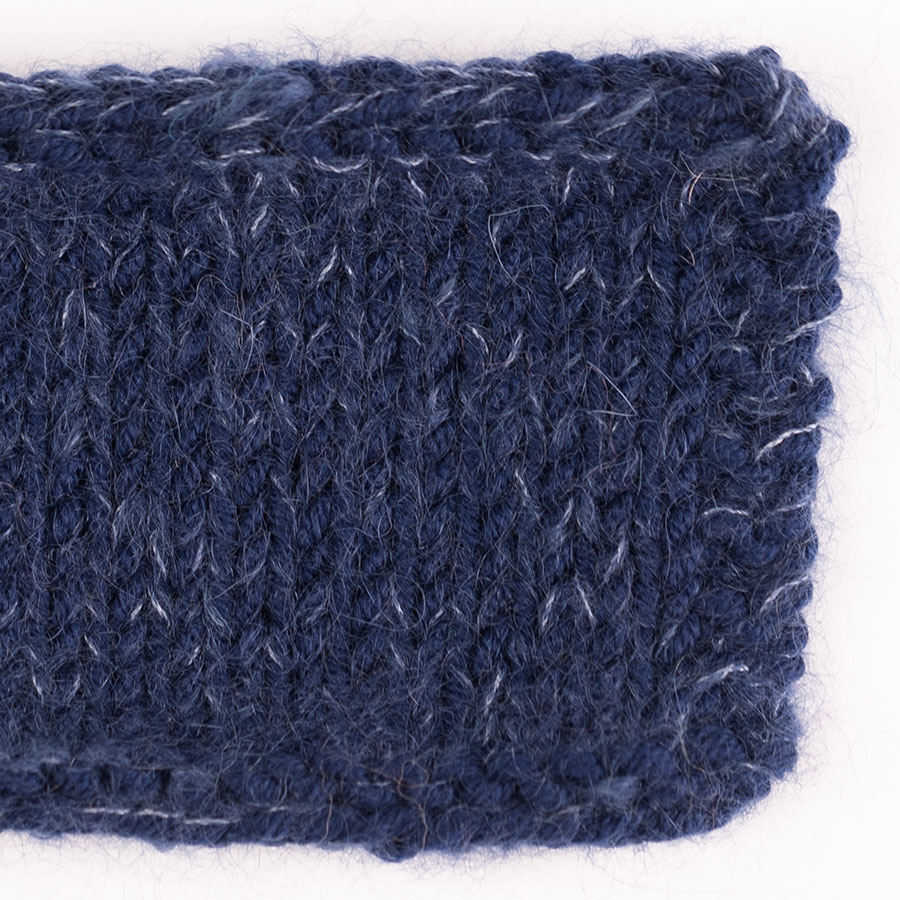
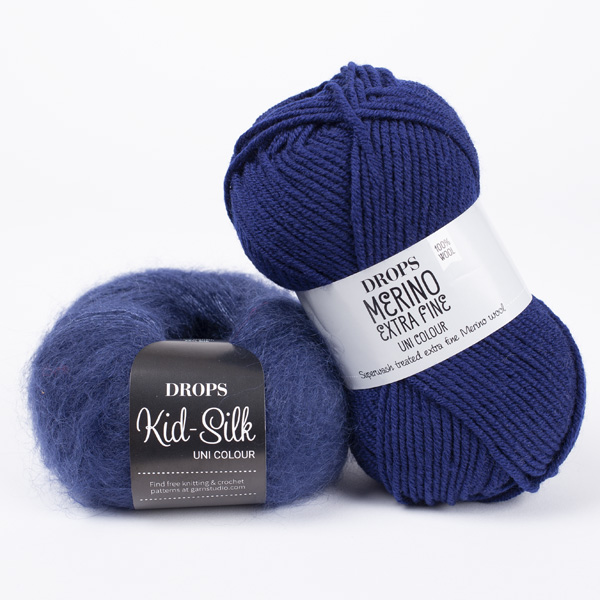
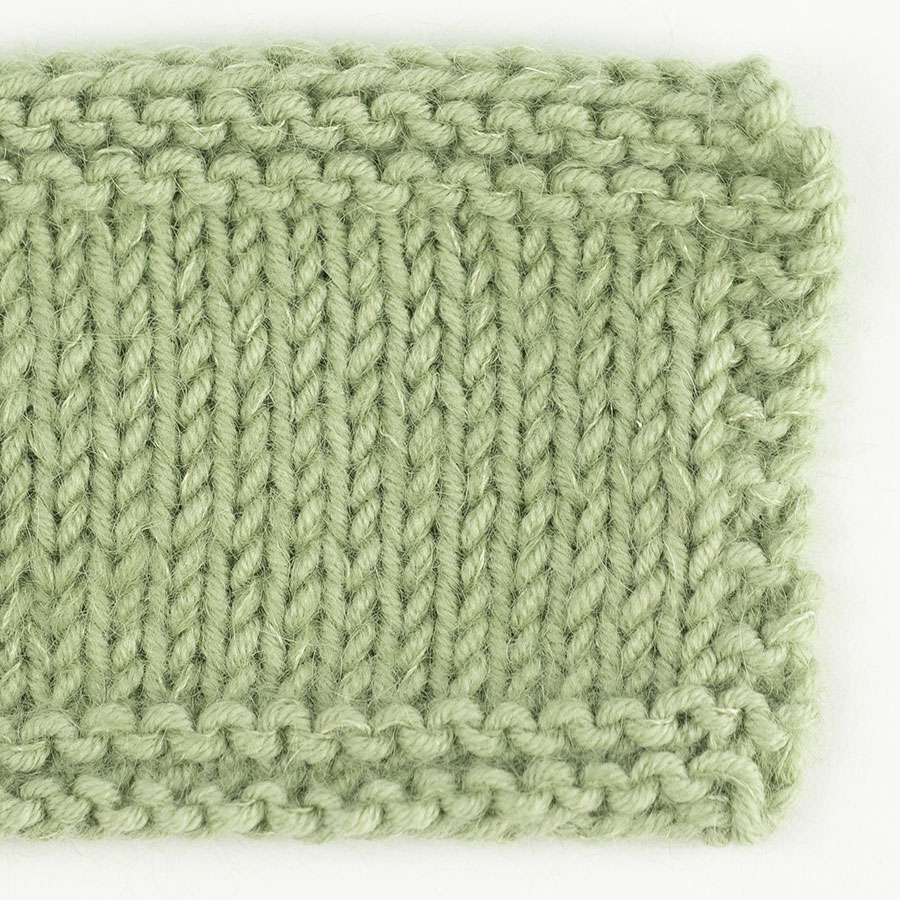
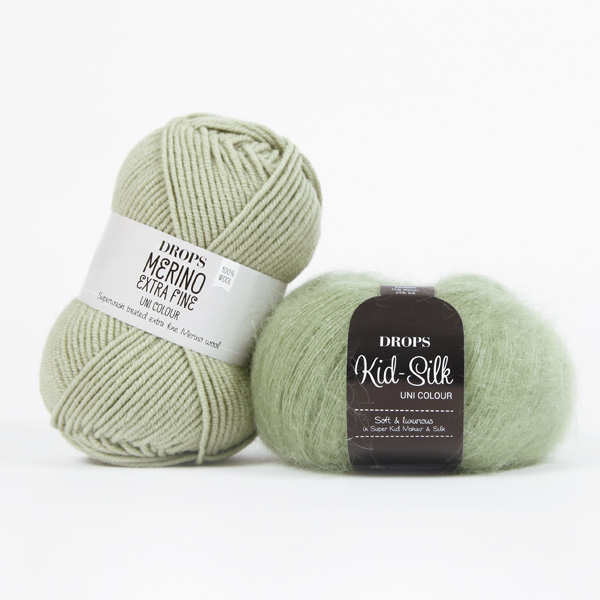
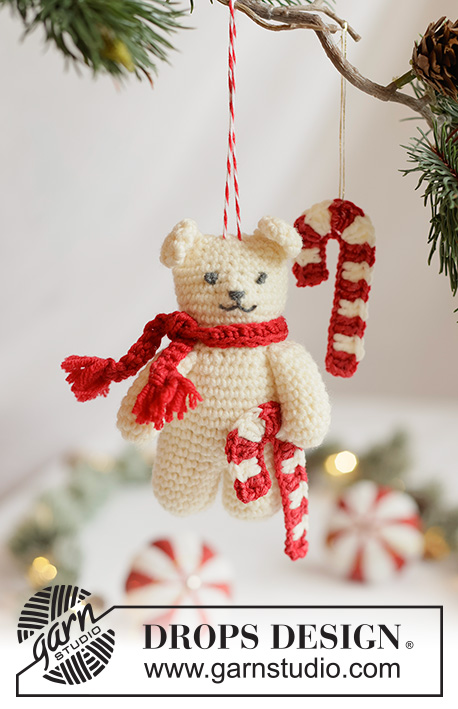







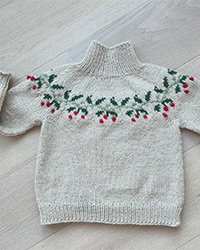
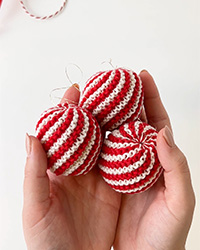
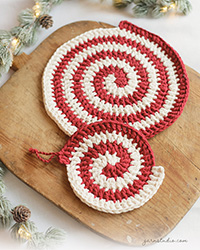
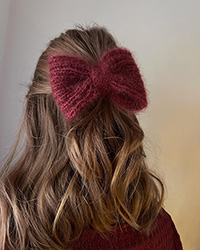


Heerlijke wol deze Merino extra fine, zo super zacht! Het is de eerste keer dat ik wol van Drops heb besteld en de kwaliteit is geweldig. Maar ik begrijp niet waarom kleur 08 lichtbeige wordt genoemd, het is echt licht grijs...kan er echt geen beige in ontdekken...zelfs als je weet dat kleuren door het beeldscherm kunnen afwijken, zou ik 08 absoluut geen beige kunnen noemen! Heel erg jammer, want er is bij mij geen winkel in de buurt om de kleur 'live' te zien.
18.11.2013 - 15:58